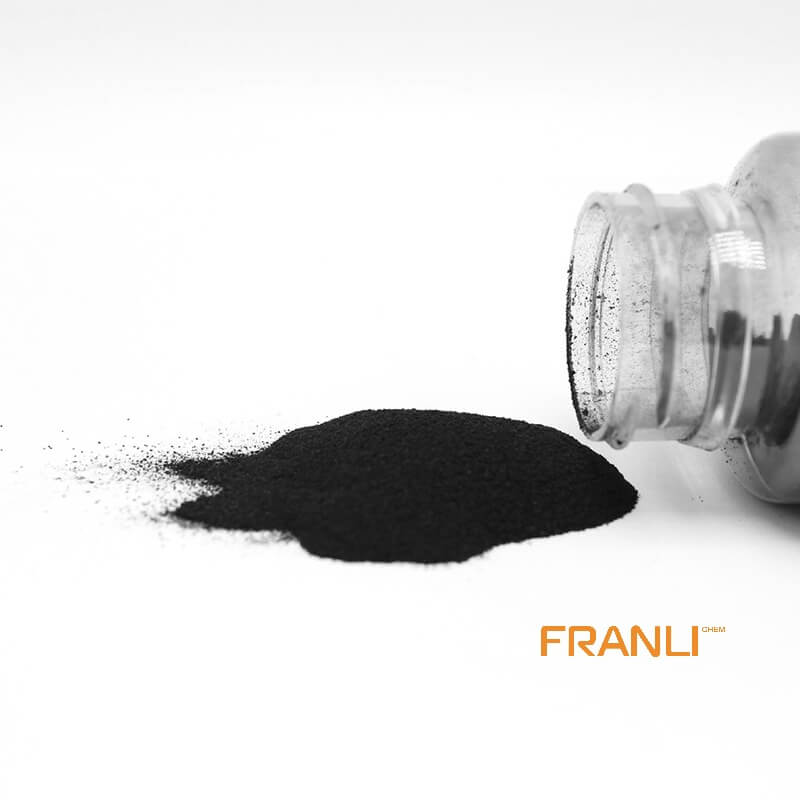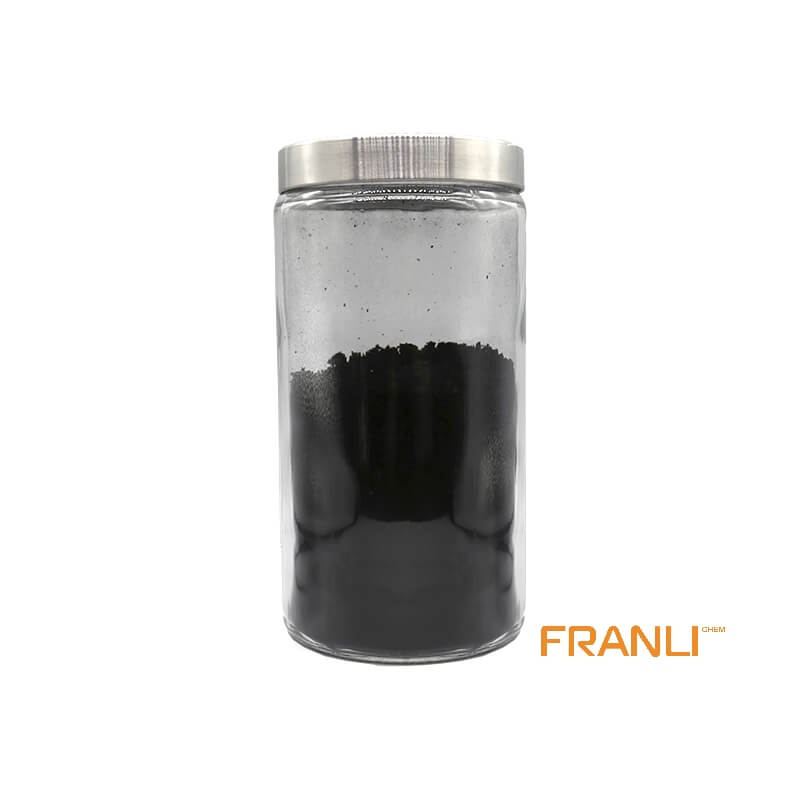

Graphene
Size
1-2nm thick x 0.5-5microns wide
Package
According to customer requirements
Features
High strength, high electrical conductivity, etc.
Application
Can be used as filler(between 0.01% and 5%).
Graphene, as the thinnest, toughest and best conductive nano material found at present. It is a two-dimensional crystal composed of carbon atoms stripped from graphite material with only one layer of atom thickness. Known as “black gold”, it is “the king of new materials”. Scientists even predicted that graphene “will completely change the 21st century”.
Request a quote
Graphene is one of the strongest materials known, but it also has good toughness and can bend. It is known as “the King of new materials” and “black gold”. Graphene has excellent material properties such as super electrical conductivity, good thermal conductivity, good light transmittance, high flexibility, and high strength. Graphene is a single atom thick crystal of carbon atoms that can be mechanically peeled from the graphite material.

Graphene has attracted great attention since its discovery. However, it is a zero bandgap material, which greatly limits its application in electronic devices. Schemes such as doped graphene and double-layer graphene can open graphene band gaps, but these have inherent disadvantages. To realize the wide application of graphene optoelectronic devices, the preparation of graphene nanoribbons with limited width is an effective method to open their band gaps.
In recent years, researchers have developed a variety of methods for the preparation of graphene nanoribbons, which can be divided into two main categories: top-down and bottom-up preparation methods. Top-down synthesis methods, such as graphene nanoribbons formed by cutting graphene sheets, are difficult to effectively control the width and edge structure of nanoribbons, which greatly affects their quality. There are also many bottom-up synthesis methods, such as solution synthesis, which is more difficult to directly characterize the edge structure of graphene nanoribbons compared with surface synthesis. Surface synthetic graphene nanoribbons are easy to be prepared and characterized, which is an effective preparation method.

It is concluded that graphene nanoribbons with different structures can be obtained by selecting different precursors and growth substrates. Secondly, the preparation strategies of graphene nanoribbons with different widths, edge structures, and skeleton structures were summarized, mainly involving armchair, Zigzag, chiral, and Chevron structures. It is shown that the width, edge, and skeleton structure of nanoribbons can be effectively regulated by surface synthesis technology, and thus the internal band structure can be regulated. In addition, the preparation strategies of various hetero-atom doped graphene nanoribbons and different types of graphene nanoribbons heterojunction structures, which can directly regulate the internal electronic structure of graphene nanoribbons at the atomic level, are also introduced.
Finally, the preparation and performance characteristics of graphene nanoribbons are summarized, indicating that the surface synthesized graphene nanoribbons have relatively good device performance, but there is still room for development in the preparation of nanoribbons and their devices.
The researchers believe that the surface synthesis of graphene nanocapsules will facilitate the development of graphene-based materials, especially for their photoelectric devices.



